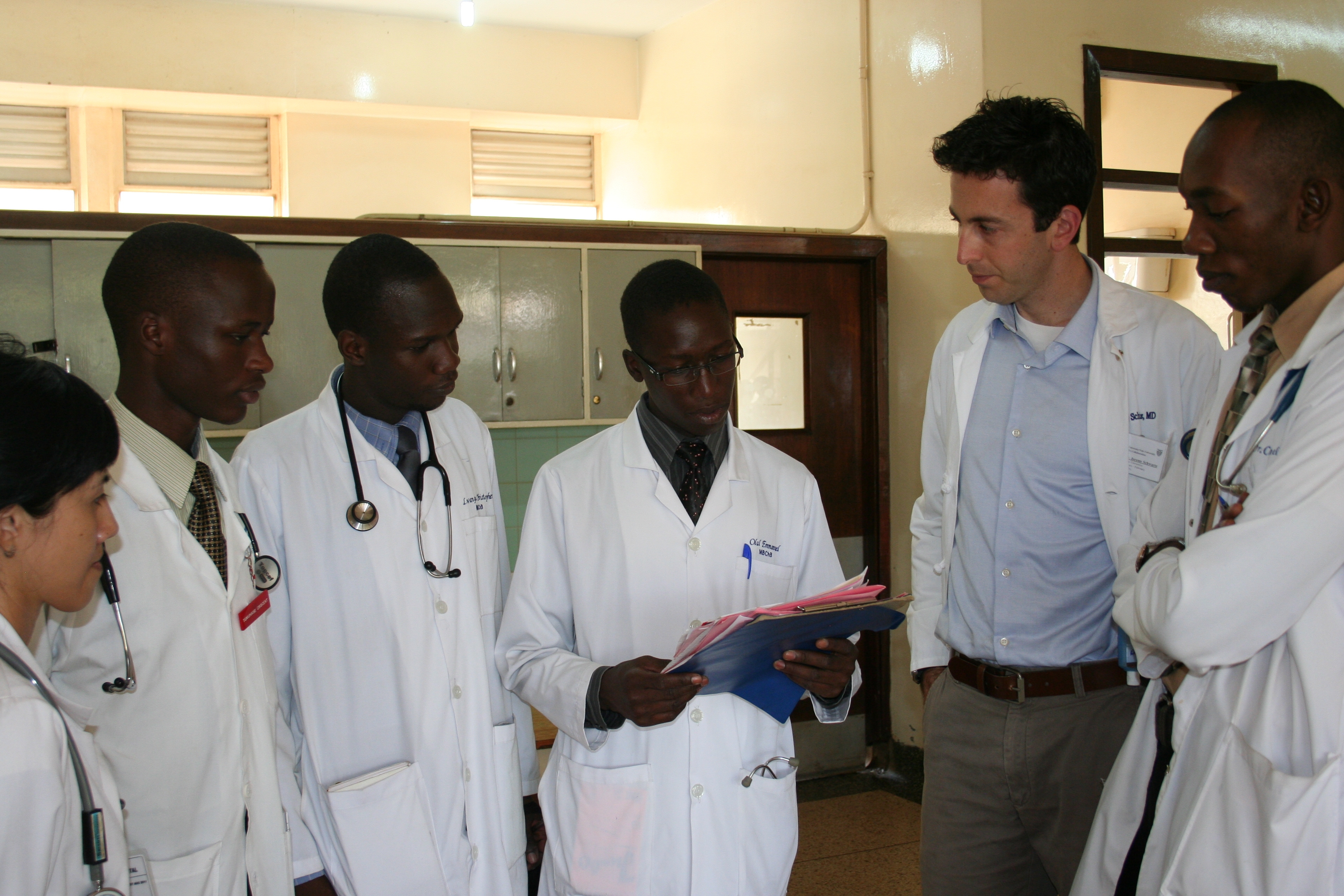DFMO Story
Dr. Cyrus Bacchi writes his account of a discovery of a cure for African trypanosomias for our kfwh website. Dr. Bacchi works at Haskins Laboratories in New York City. Cyrus J. Bacchi, Ph.D. Haskins Laboratories Pace University 41 Park Row, New York, NY 10038 March 21, 2006 DFMO Story In 1974, my laboratory at Pace University began studying an enzyme (GPDH) which is critical to the cell respiration of African trypanosomes. The enzyme needed the metal magnesium for full activity, but the magnesium could be replaced by the polyamines spermidine or spermine. Polyamines are small molecules which are required by all cells for division and growth. Polyamines have many functions in cells including interacting with DNA, RNA to stabilize it, and stimulating processes like protein and nucleic acid synthesis. The fact that the magnesium was replaced by polyamines in activation of the GPDH was interesting and I was encouraged to pursue polyamine metabolism in trypanosomes by my Ph.D. mentor, the late Dr. Seymour H. Hutner. Since intracellular polyamines are...
Read MoreThoughts from Day One
Dr. Jeremy Schwartz, Med-Peds Resident at Yale University and KFWH Advisory Board Member, writes of his first experience treating patients in Africa. Thoughts from Day One by Jeremy Schwartz I was seated at a small desk against one of the long walls of this large rectangular room. Before me was a never-ending swarm of activity, full of very sick people — everywhere. This was my first morning at an African hospital. I had been to Africa several times for pleasure and for study as an undergraduate. But this time I was a medical student, fresh out of 3rd year and I was to spend a year in Uganda on a clinical research fellowship. This day, the first of only 2 weeks I spent on the medical wards at Mulago Hospital before shifting up the hill to the considerably cushier confines of our research collaboration clinic, would prove to open my eyes —wide. A senior resident was seated next to me, barely acknowledging my presence. That was OK. My anonymity...
Read MoreChagas Disease
HOW IS IT CAUSED? Chagas disease is caused by a parasite within an insect. The insects or beetles called “kissing bugs,” live in the cracks and walls of mud and straw houses. Mud and straw houses are common in poorer areas in the cities and in rural communities in many South American countries. The bug carrying the parasite lives in the cracks of these structures. At night, the bugs bite and also leave their excrement near the bite site. That is how the parasite is released that can get into peoples’ bodies and infect them. WHO GETS IT? It is estimated that 11 million people have Chagas. and about 50,000 people each year will die from Chagas. Most of these people live in Central and South America. Surprisingly, nine cases of Chagas were reported in the southern United States last year, causing the Center for Disease Control to have one of its departments focus on it. It is hard to diagnose Chagas disease. It may first feel like the...
Read More




